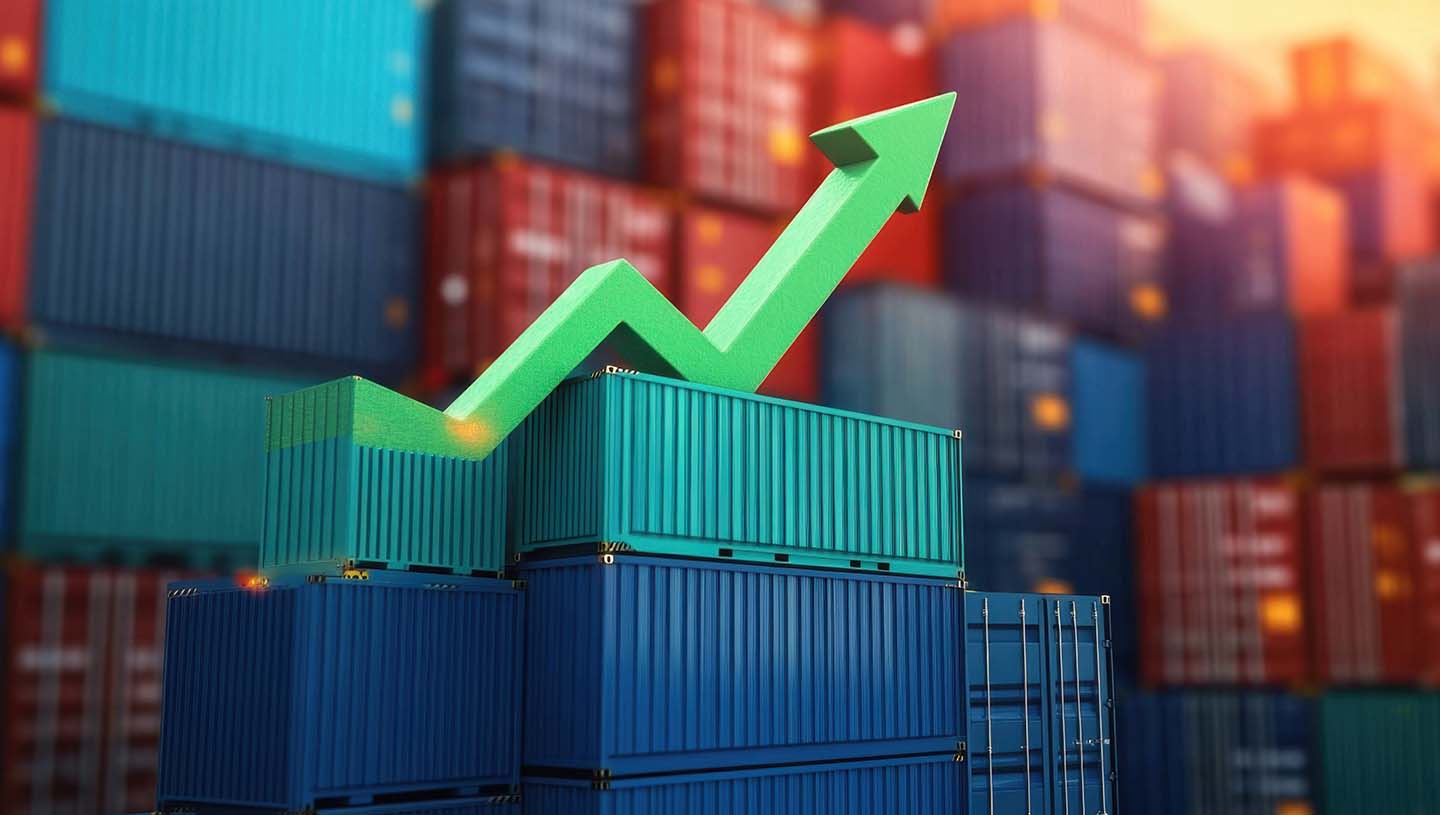
Decoding the Supply Chain Visibility Trend with Revenova’s Jeremy Estep
Supply chain visibility isn’t a new term, but it’s definitely one that’s attracting more attention lately as companies look for new ways to gain a competitive edge, build more resilient operations and meet customer expectations. Defined as the tracking of goods in transit and maintaining a clear view of the inventory and activity, supply chain visibility helps shippers and their freight partners improve customer service and cost controls.
In its latest Logistics Trends Map, ocean carrier Maersk says supply chain visibility is the top logistics trend that companies are thinking about and acting on this year. They’re also working on Internet of Things (IoT), supply chain diversification and financial resilience projects, but nearly all of them (86%) put supply chain visibility at the top of their to-do lists for 2025.
“Supply chain visibility has become a cornerstone for improving decision-making and managing disruptions in today’s volatile environment,” Maersk points out in the report. “As supply chains expand into new regions and integrate diverse transport modes, businesses face growing challenges, including geopolitical shifts, pressures to decarbonize, labor shortages and unexpected disruptions such as strikes or natural disasters.”
Land-based transportation is also a hotbed for more supply chain visibility right now. For example:
Trucking: Visibility solutions use telematics, electronic logging devices (ELDs) and real-time tracking platforms to provide granular location data, estimated times of arrival (ETAs), and even driver behavior insights.
Train: Rail visibility now includes sophisticated tools that provide insights into schedules, potential congestion or maintenance delays, and even railcar conditions.
Intermodal: Data is being used to track containers in real-time, manage drayage movements, and provide accurate ETAs across the entire journey, effectively eliminating traditional blind spots that occur during freight hand-offs across modes.
Ultimately, enhanced visibility across all land-based transportation modes empowers shippers, freight brokerages and carriers to make more informed decisions, mitigate risks and deliver on increasingly demanding customer expectations.
“In today’s rapidly evolving business landscape, supply chain visibility has become essential for companies striving to remain competitive yet profitable. Thankfully, there are more agile tools available that are transforming how businesses manage their supply chains by enhancing transparency, improving responsiveness, and driving efficiency,” PwC’s Carla DeSantis writes in Supply & Demand Chain Executive. “By leveraging advanced technologies, visibility empowers companies to achieve better decision making, respond swiftly to unexpected changes, and align supply chain operations more closely with business goals.”
Peek Inside Revenova’s Visibility Roadmap
 Transportation management systems (TMS) play a critical role in overall supply chain visibility. These systems provide a centralized platform for real-time data on shipments, inventory and transportation processes. TMS also empowers proactive decision-making, exception management, and ultimately, a more transparent and efficient flow of goods.
Transportation management systems (TMS) play a critical role in overall supply chain visibility. These systems provide a centralized platform for real-time data on shipments, inventory and transportation processes. TMS also empowers proactive decision-making, exception management, and ultimately, a more transparent and efficient flow of goods.
With a modern, cloud-based TMS in their corner, companies can anticipate disruptions, optimize routes, improve stakeholder communication and give customers accurate and timely updates. This ultimately leads to increased satisfaction, reduced operational costs and a stronger bottom line.
In this Q&A, Revenova’s Chief Revenue Officer Jeremy Estep discusses how advanced TMS platforms are revolutionizing supply chain control, providing real-time tracking and monitoring, and incorporating artificial intelligence (AI) to create predictive and proactive supply chain environments. He also talks about how these advancements are empowering businesses to navigate complexities, optimize logistics and ultimately achieve a significant competitive advantage in today’s dynamic marketplace.
Q: Why is supply chain visibility such a hot topic in 2025?
A: Logistics service providers still have an issue getting to a 100% real-time visibility. Most of them are actually somewhere between 70%-80%. On the logistics service provider side, we see AI playing a key role in enriching supply chain data—especially when there are missing pieces—because otherwise getting that additional 20%-30% visibility is pretty much unattainable. AI can help push that envelope to be able to capture any relevant data associated with that load and its related visibility.
Q: What new tools are helping fleet owners and carriers address their visibility issues right now?
A: On the fleet side of the business, Revenova has been getting more direct integrations with the actual hardware or telematics devices that are on the vehicles. We’ve reached a point where we can get any device out there connected to our system, whether it’s for trailer tracking or tracking of the actual truck cab. We’re able to connect everyone using algorithms and by leveraging our many different partner relationships. We don’t have any limitations on that from an ultimate visibility perspective, so we’re pretty excited about it.
Q: Do shippers have similar tools at their avail?
A: Yes. As we move into the shipper category, most of them are using logistics service providers, which means visibility relies heavily on the enrichment of data and again, the direct integrations to outside systems. From a visibility perspective, we continue to add features and components to help us achieve that 100% true visibility that everyone is chasing, and we’re getting closer to achieving this goal. For example, we recently started partnering with OpenTrack, a best-in-class visibility provider, for container tracker.
Q: What other steps has Revenova taken to help advance its customers’ supply chain visibility goals?
A: As a TMS provider, we integrate with a wide range of visibility and tracking applications. So it’s nice when our customers, based on their relationships, get to pick their best of breed visibility providers. We can then use AI to enhance the solution right inside of the native platform. In return, customers get a comprehensive and adaptable solution for achieving end-to-end supply chain transparency.
To learn more about Revenova TMS, Request a Demo. Follow Revenova on LinkedIn, YouTube, and X for the latest updates and news about Revenova TMS, the original CRM-powered Transportation Management System.




